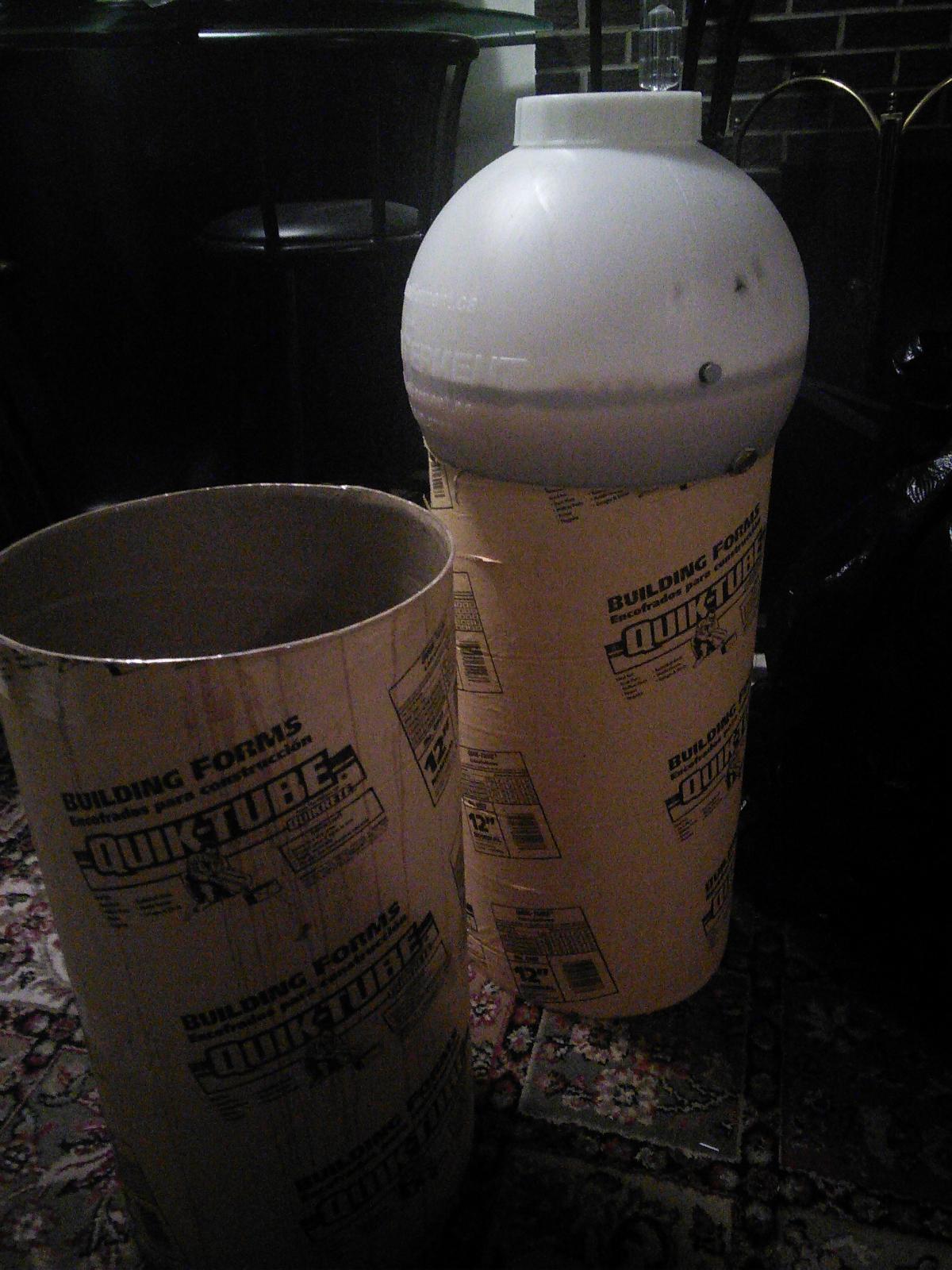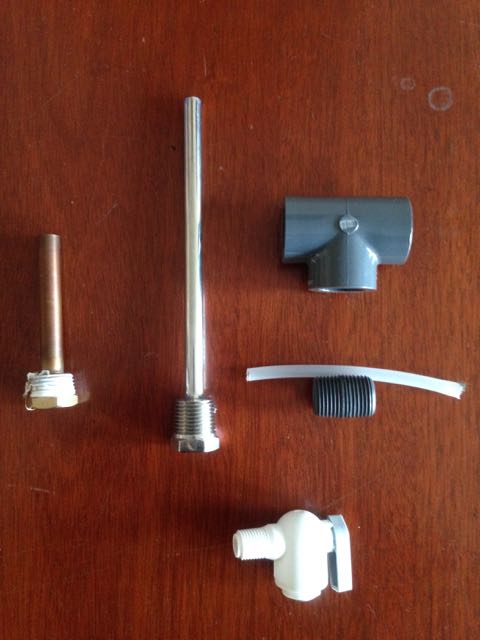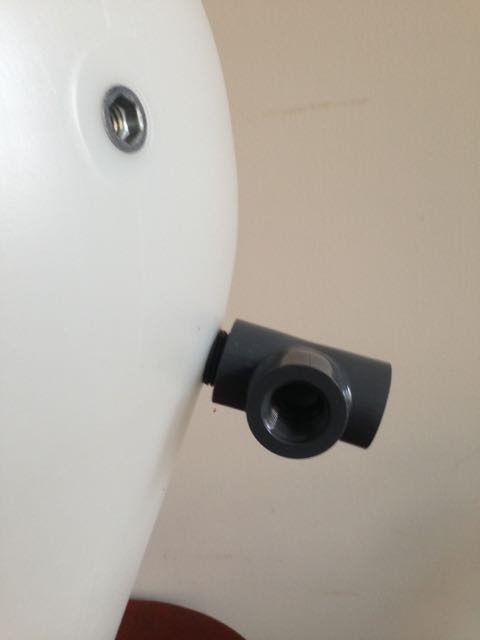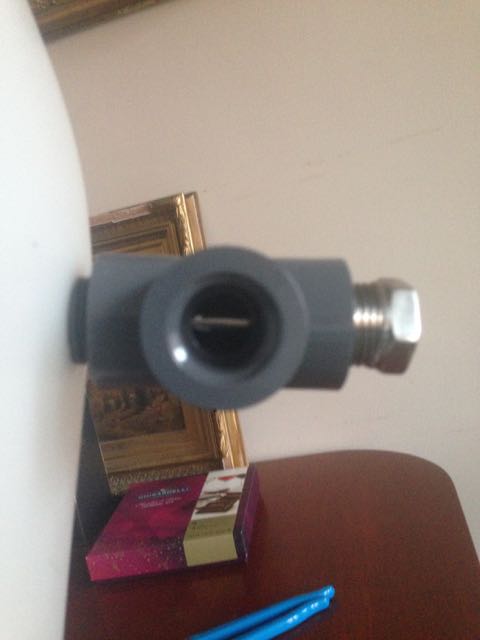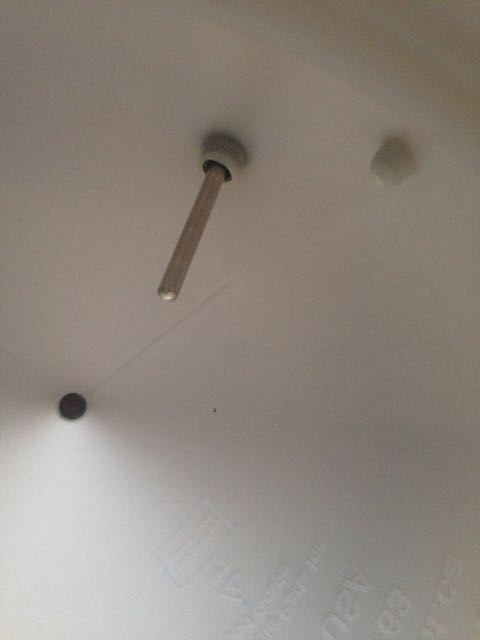cantrell00
Well-Known Member
- Joined
- Jul 6, 2013
- Messages
- 840
- Reaction score
- 116
The apparent gasket issue you all are stressing over is not a big deal in the long run. If you follow my logic you will agree. When you set your wort to ferment and pitch your yeast, the yeast will go to work. They eat sugar, pee alcohol, and fart CO2 (OK I tried to make a funny, but you get it). The CO2 will displace the air above the wort and ultimately seep out the airlock and the possible leak from the gasket. Since CO2 is heavier than air, you should not have a contamination risk as long as fermentation is going on.
As home brewers we need to start trusting our yeast. Forget about bubbling airlocks and use you hydrometers and/or refractometers to determine whether fermentation is going on.
This is a separate issue as to whether FF did us wrong.
I agree but it is nice to be able to tell at a glance when you see an airlock bubbling.
As you said though, not worth losing sleep over.















































![Craft A Brew - Safale BE-256 Yeast - Fermentis - Belgian Ale Dry Yeast - For Belgian & Strong Ales - Ingredients for Home Brewing - Beer Making Supplies - [3 Pack]](https://m.media-amazon.com/images/I/51bcKEwQmWL._SL500_.jpg)










